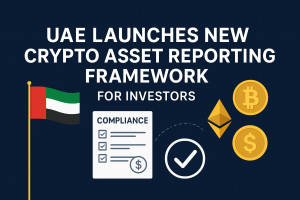Browsing: Business
Are you thinking about starting a virtual asset business in Dubai? If yes, then you will need something called a…
If you are counting on Social Security to provide your monthly payment, you understand how vital it is to be…
Starting a business with scarce resources can feel overwhelming. However, with strategic planning and creative thinking, it’s entirely possible to…
Business accounting errors refer to unintentional mistakes committed in financial records. These mistakes can occur in various ways, such as incorrect…
Managing money in college can be a challenge. Between tuition, living expenses, and social activities, students often find themselves juggling…
Starting a business with scarce resources can feel overwhelming. However, with strategic planning and creative thinking, it’s entirely possible to…
Organizations are continually looking for inventive arrangements to streamline operations, improve adequacy, and drive improvement. ServiceNow and Amazon Web Administrations…
The world of cryptocurrencies and blockchain technology has transformed the financial landscape, presenting unprecedented opportunities and challenges. In this dynamic…
Launched in 2021, the Canada Digital Adoption Program (CDAP) empowers small and medium-sized enterprises (SMEs) to navigate the ever-evolving digital…
The world of finance and technology, often referred to as “fintech,” has seen remarkable advancements over the past decade. These…














